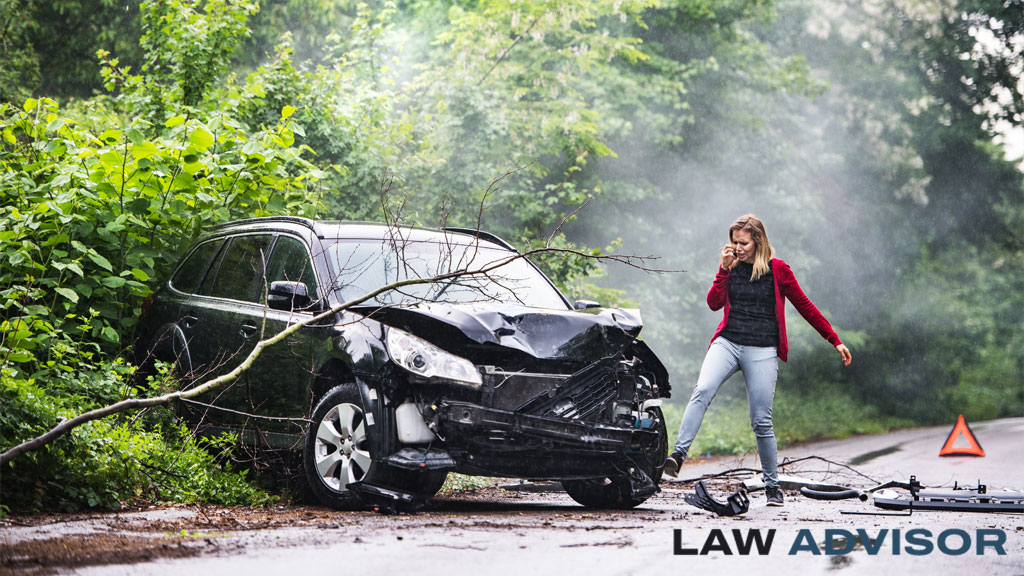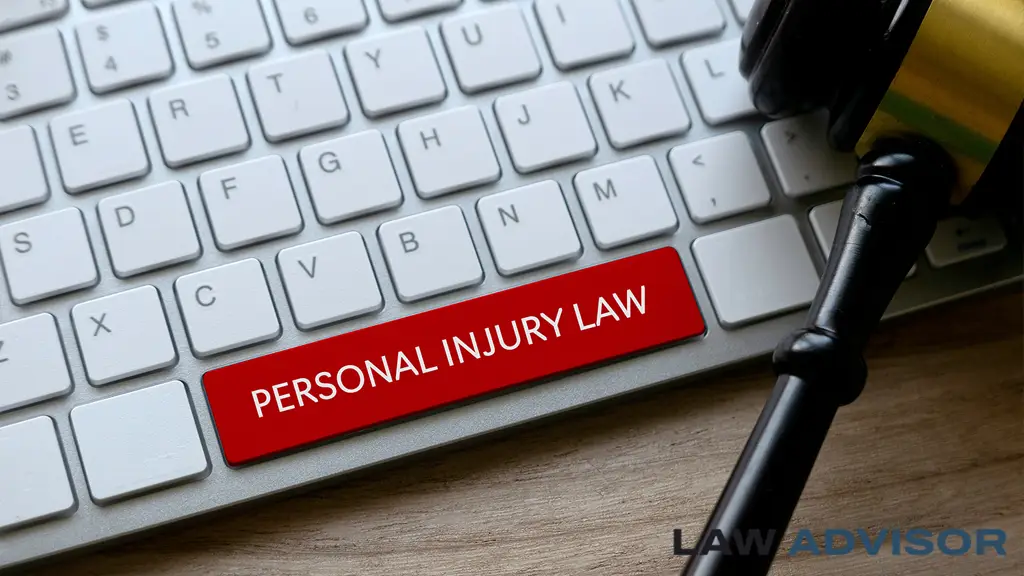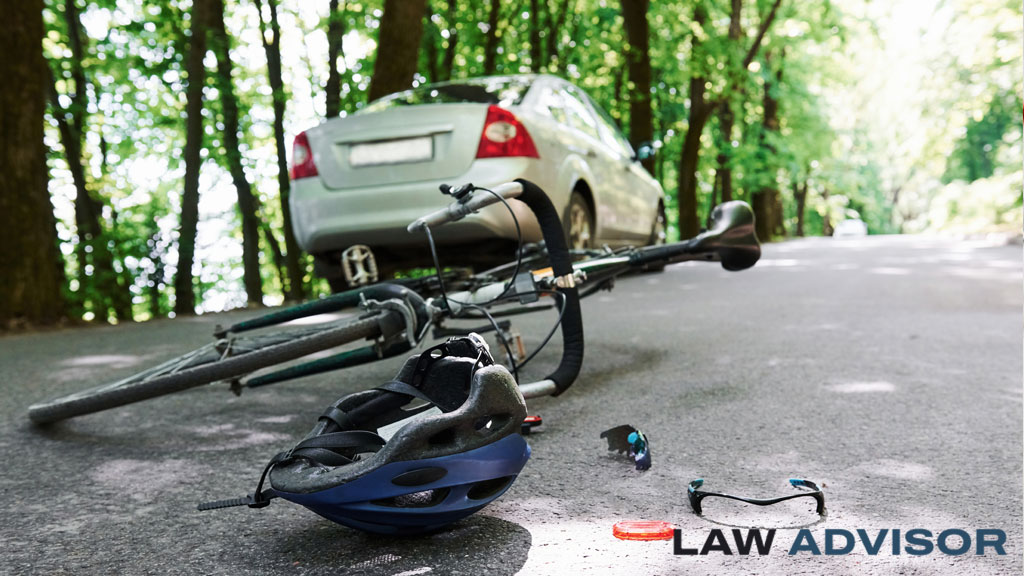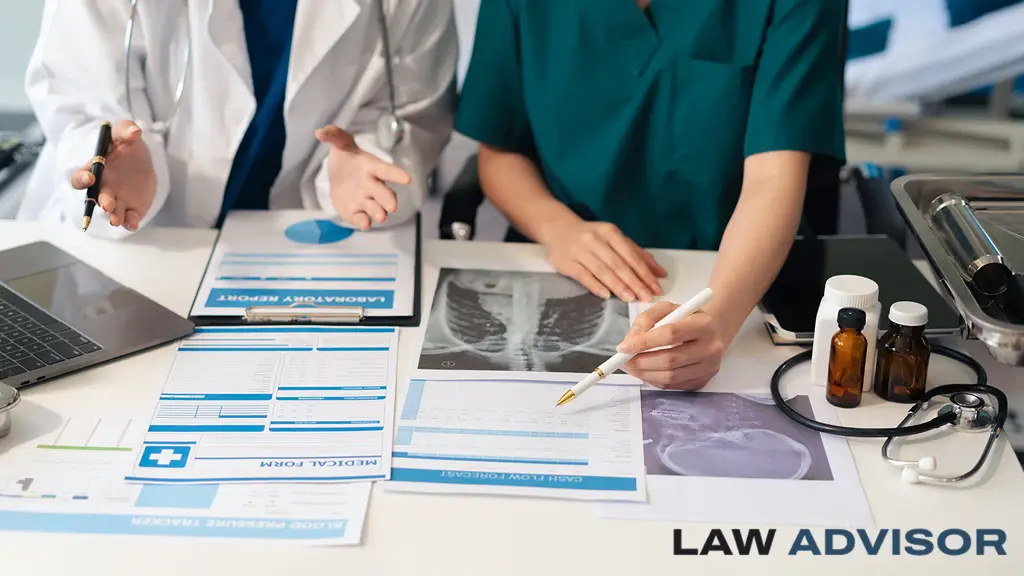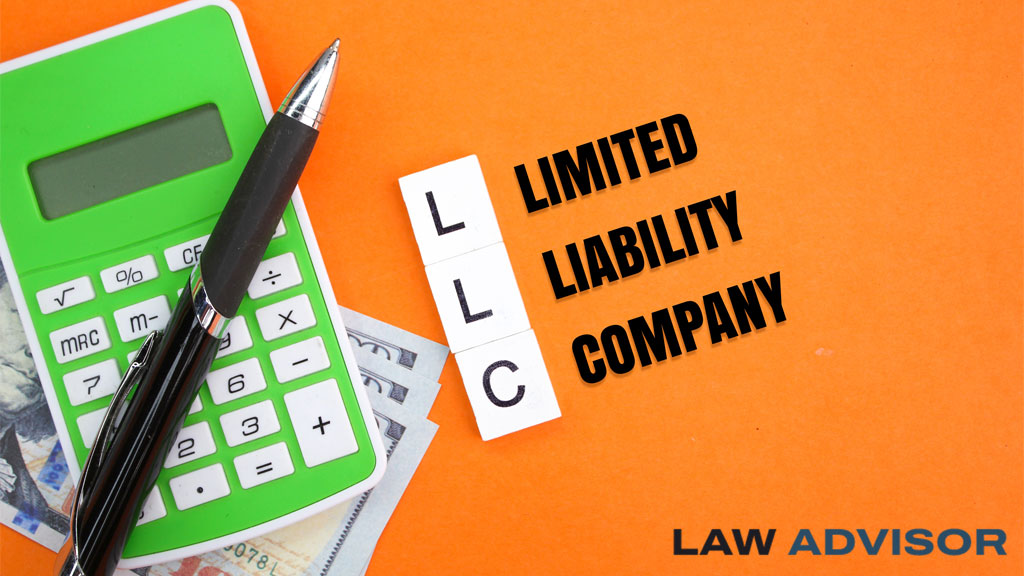Car accidents happen every day, but few people are truly prepared for the legal and logistical steps they should take in the aftermath. Whether it’s a minor fender bender or a major collision, knowing exactly what to do after a car accident can protect your rights, ensure your safety, and strengthen any future insurance or personal injury claims.
In this comprehensive legal guide, we’ll walk you through the step-by-step process of what to do immediately after a car accident, what not to do, and how to navigate the legal and insurance systems effectively.
Step 1: Check for Injuries and Call 911
Your first priority after any car accident is safety.
- Check yourself and others for injuries. Even if injuries seem minor, it’s crucial to get medical attention.
- Call 911 to report the accident. Police will create an official report, which is vital for legal and insurance purposes.
📝 Note: In some states, you’re legally required to report an accident that causes injury, death, or property damage above a certain amount.
Step 2: Move to a Safe Location (If Possible)
If the vehicles are drivable and it’s safe, move them to the side of the road to avoid further accidents. Turn on hazard lights and use road flares or cones if available.
Step 3: Exchange Information
You must legally exchange certain information with the other driver:
- Full name and contact information
- Driver’s license number
- License plate number
- Insurance company and policy number
- Make, model, and color of the vehicles
Avoid discussing fault or apologizing—stick to facts only.
Step 4: Document the Scene
Use your smartphone to gather as much evidence as possible:
- Photos of all vehicles, damage, and license plates
- Photos of the surrounding scene (traffic signs, skid marks, road conditions)
- Photos of any injuries
- Video walkthrough of the accident scene
💡 Tip: Also capture a timestamp or screenshot of the weather conditions at the time of the accident.
Step 5: Speak to Witnesses
If there are witnesses, ask for their names and contact information. Their statements may be crucial if fault is disputed later.
Step 6: File a Police Report
Always request a copy of the police report or get the report number. This official document will support your claim with the insurance company or court.
Some states allow drivers to file accident reports online within a set number of days.
Step 7: Seek Medical Attention
Even if you feel fine, injuries like whiplash or internal trauma may not show symptoms immediately. Visit a doctor or urgent care center within 24 hours.
Your medical records will play a vital role in any future personal injury claim.
Step 8: Notify Your Insurance Company
Report the accident to your insurance provider as soon as possible. Provide the:
- Date, time, and location of the accident
- Contact details of all involved parties
- Photos and police report number (if available)
🚫 Do not admit fault or speculate about injuries during this call.
Step 9: Contact a Personal Injury Attorney (If Needed)
If you suffered injuries or significant vehicle damage, it may be wise to contact a personal injury lawyer. They can:
- Evaluate your case and explain your legal rights
- Handle insurance company negotiations
- File a personal injury claim or lawsuit if necessary
📞 Many attorneys offer free consultations and work on a contingency basis—meaning they only get paid if you win.
Step 10: Keep a Record of Everything
Organize all documents related to your accident:
- Police report
- Medical bills and reports
- Photos and witness statements
- Insurance correspondence
- Work absence or wage loss documentation
These records are essential if you pursue compensation for damages or injuries.
What NOT to Do After a Car Accident
- ❌ Do not flee the scene (hit and run laws carry serious penalties)
- ❌ Do not admit fault at the scene
- ❌ Do not post accident details or photos on social media
- ❌ Do not accept early settlement offers without legal advice
When Should You File a Personal Injury Claim?
If you were injured in the accident due to someone else’s negligence, you may be eligible to file a personal injury claim for:
- Medical expenses
- Lost wages
- Pain and suffering
- Property damage
Every state has a statute of limitations (deadline) to file such claims—typically ranging from 1 to 3 years. Consult a lawyer to understand your timeframe.
Final Thoughts: Be Informed and Protected
Being in a car accident is traumatic, but knowing what steps to take afterward can make a huge difference. Prioritize safety, collect evidence, and don’t hesitate to seek professional help when necessary.
At Law Advisor Pro, we’re dedicated to providing accurate, easy-to-understand legal resources to guide you through life’s most challenging moments.
⚖️ Disclaimer: This article is for informational purposes only and does not constitute legal advice. Always consult a licensed attorney for legal counsel.

